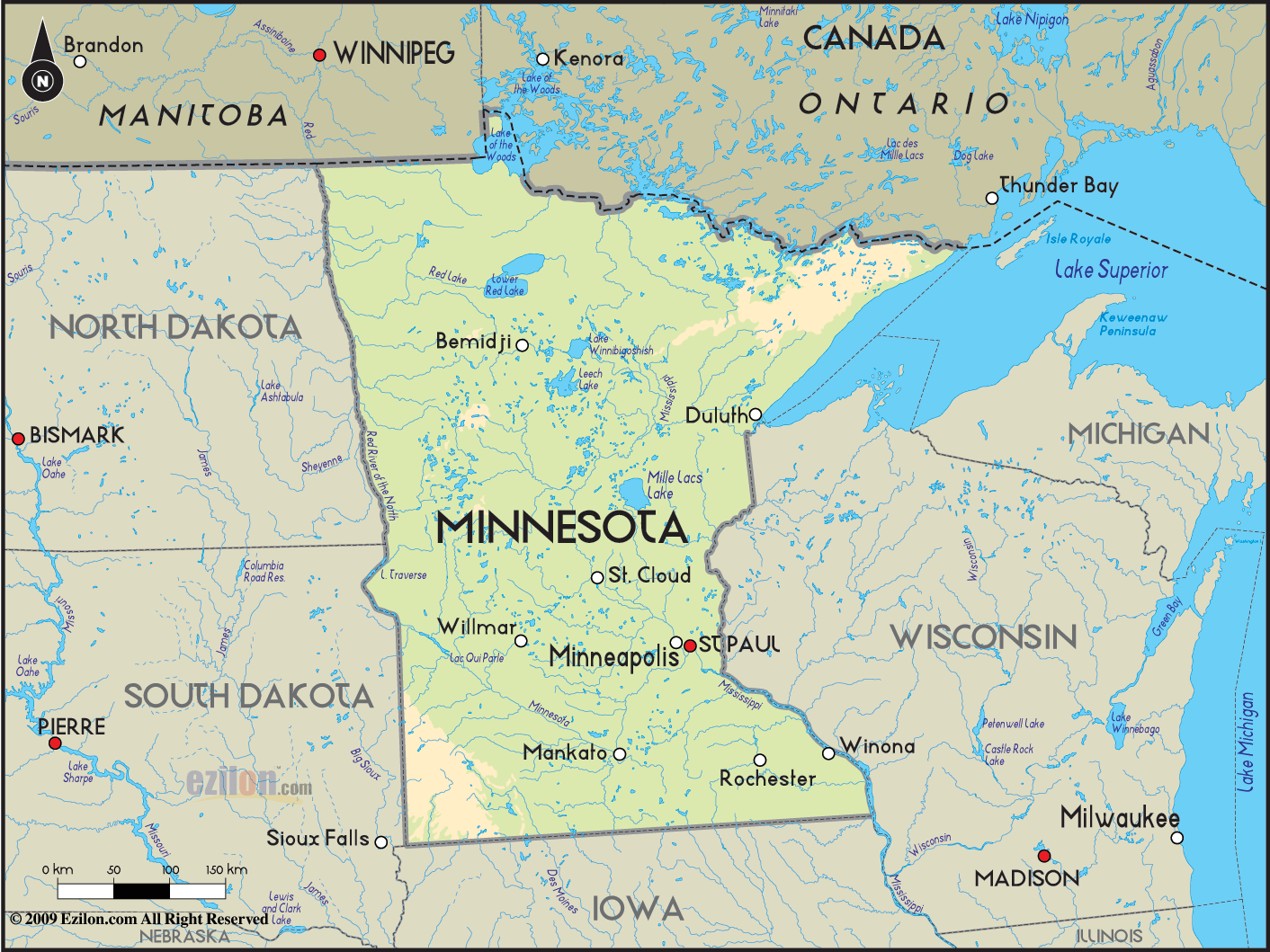President Elect Barack Obama, 'Iokepa, and I shared a couple vacation nights together on the Island of O'ahu, on our way back to Washington state for the start of the second Return Voyage outreach; on his way back to an Inauguration. To be exact, we shared the 'aina (land) and nalu (ocean waves) on the same small Island in the middle of the Pacific. Our paths did not cross.
Viewing entries in
The "Whole Earth Catal...
We are nestled, this week, under the brilliantly watermelon-colored Sandia Mountains in Albuquerque, New Mexico. Nearby, we discovered the weathered lava fields resplendent with American Indian petroglyphs – remarkable symbolic stories that indigenous peoples etched in stone thousands of years ago. The symbols took us by surprise. Many are identical to those at the mouth of the Wailua River on Kaua’i. These indigenous narratives have certain things in common, but I won’t overstate their similarities. This is the desert; our Islands are surrounded by ocean. The stories share common threads, but they are not the same.
It appears that, as a culture, we rear our children to fit in. And it breaks our parental hearts at the first sign that they do not. We attempt to protect them from being the last chosen for team kickball; from a lunchbox full of food that no other child would trade up for; from visible orthopedic shoes instead of Adidas; from finding their Valentine box empty. We live in a culture that has very narrow parameters for difference. Most of us grow up feeling marginal in some way – by virtue of the narrow boundaries of conventional acceptance and the harsh social judgment around those differences.
Our road atlas has two full-page maps of Minnesota: one south and one north. But the top of that northern map stops short of a chunk of Minnesota that wraps still further north and east around the largest lake on Earth, Lake Superior. Tucked elsewhere on the atlas page, we located an insert that continued the job up to Canada. That is where we’ve spent this past week – about a quarter of a map inch from the Canadian border, in the winter wonderland of Hovland. Imagine a Native Hawaiian experiencing nightly saunas followed by dips in the icy January waters of Lake Superior, and you begin to picture how powerfully different – yet remarkably the same – this week has been.
Say the word spiritual, and a deathlike solemnity settles over a crowd. Watch a gathering of good folks work overtime to know, feel, or say the right thing. I have watched triathlon competitors swim, bike, and run, and look no less intense or competitive than when I watch spiritual seekers attack their goal.
When ‘Iokepa wrote the original words on the homepage for our website, he wrote: “If you have a single drop of Native Hawaiian blood, we invite you to join the conversation.” The aboriginal Hawaiians never judged their relationship between one another by the amount of indigenous blood that had – or had not – been diluted by intermarriage. You were Hawaiian even if you were born red-headed, blue-eyed, and aboriginal – if you claimed it, accepted responsibility for it, and lived it.
We have been in New York City for the past week, and we are loving the concentration and intensity of creative energy on this other Island. A new friend, in casual conversation, brought up the historic and current plight of the South African people. Her intention was to gently mitigate the seriousness of the aboriginal Hawaiian losses.
Perhaps, nine years ago now, we were camping (actually, living in a tent) at Kaheka--the Salt Pans Park-- on Kaua'i, when we met Lou. Over these past ten years, we have met hundreds of visitors to the Island, at that particular park. Some were there for a quick swim by day, others were camping for a week. They were vacationing from Germany, Canada, Switzerland, the Netherlands, Japan, and every part of the United States.
We first met John Talley at an Eastside Portland coffee shop. He was sitting one table away and couldn’t help overhearing ‘Iokepa speaking with an old friend. John was intrigued by what he heard, introduced himself, and apologized for eavesdropping. ‘Iokepa, for his part, was drawn immediately to the seventy-six-year-old Iroquois with the powerful face – etched deeply along strong native features – and the gentle voice. They agreed to meet again.








